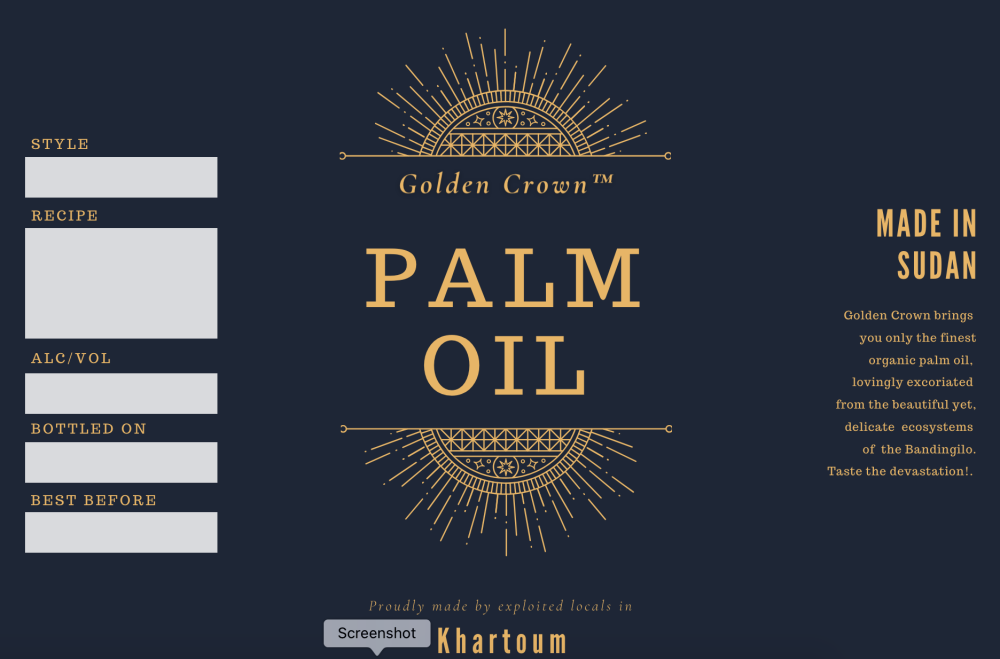Discredit derivatives
|
|
JC first published this article two years before sustainability-linked derivatives emerged on the scene. Life imitates art, once again.
It is said beatnik Fi-Fi hack and sometime swap pioneer Hunter Barkley came up with the idea of discredit derivatives at the fag end of an epochal synthetic alpha bender he went on with some hedge fund buddies in Mallorca in the dog days of 2016.
“It was quite the come down.”
The “turpitude swap”, as he called it, was designed for fund managers who, like his buddies, rode the eco-wave with lazy public commitments to ESG principles. In 2010, that seemed like a grand wheeze: toss out easy, throwaway promises no one would check and watch the AUMs come rolling in.
When these carefree days collapsed into press intrusion, cavity searches by freelance ESG consultants, and then regulatory sanction the managers were stuck with a problem, so Barkley reasoned, that must be eminently hedgeable. He came up with a product would let these funds “brown-wash” their investment portfolios while keeping the outsized returns.
“It’s ESG avoidance, rather than evasion,” said Barkley.
The idea was simple: if it was okay to extract the crappy credit profile from a portfolio of mortgages and lay that off on someone with “sufficiently deep market expertise and advanced models to bear the risk indefinitely” — you know, someone like a sleepy Landesbanken from Lower Saxony — then why not do the same thing with the unwanted ignominy of politically awkward, but still hugely profitable, investments?
If only there were away to strip out the shame from the yield.
In his garden shed on the Isle of Dogs, Barkley set to work. He built a series of instruments — at first, simple put options — laying off the funds’ embarrassment on those who could most easily absorb it; namely — and this was Barkley’s real genius — the badly-run, environment-wrecking corporates that were polluting the hedge funds’ social credibility in the first place.
The hedge fund would write an at-the-money stigma put to, for example, the Golden Crown Palm Oil Company of Sudan Pty. Ltd. (and for which Golden Crown would ask little by way of premium; after all, really, what did it care? It was ripping up the Bandingilo national park already, so what is a little more remorse?), thus getting rid of the fund’s disgrace for investing in that very company.
Objections came soon enough that this was obviously circular, but Barkley swiftly pointed out that, well, so too was debt value adjustment hedging, and everyone seemed cool with that for a good few years, didn’t they?[1] Did it present any more moral hazard than in D&O liability insurance?
Slowly, the product began to catch on. “Before you knew it, it was blazing like the Amazon jungle!” Barkley would later fondly recall.
Mature industry: discredit fault swaps
Eventually, though, people started to bridle again — I mean, could a polluter really just take its own discredit back, and thereby exonerate British hedgies of their ESG obligations for investing in it? A King’s Counsel was assigned to write an opinion but could not get comfortable that a straight bilateral swap was not a self-referencing discredit derivative, or a wagering contract.
Barkley refined the offering by combining it with another of his innovations: cross-political currency “discredit swaps” where, for example, a natural wilderness gas fracking conglomerate could swap its embarrassment at precipitating a series of minor earthquakes on a local indigenous people with a Dutch pornographic film distributor’s regret for generating artificial losses to gain tax relief for its celebrity investors.
For example, having put its limited partners into a tax-advantaged Dutch romantic film partnership, Hackthorne Capital Advisors Master Fund III LLP[2] could lay off its hypothetical porno-tax shame to Golden Crown, who had none, not being implicated in onanistic or fiscal wrongdoing as such (just environmental degradation), and Golden Crown would in turn immediately short out that porno discredit it had just assumed by selling an out-of-the-money-shot put to Antwerp Fruity Motion Pictures, B.V. whence it originated, and Antwerp, who was able to bear an almost unlimited amount of shame for smutty pictures, would deliver to Golden Crown a tranche of its own environmental embarrassment which Antwerp had acquired by selling a put to Snowy Mountain Partners LLC, another hedge fund in the same pickle as Hackthorne, only long palm oil and not smut.
In this way was the so-called “discredit fault swaps” market born.
Hope that’s all clear.
See also
References
- ↑ Indeed, it kept a phalanx of banks out of technical insolvency — and their DVA traders handsomely remunerated — for a good three or four years after the worst excesses of the credit crunch.
- ↑ I had seven goes on the hedge fund name generator before I came up with a fictional hedge fund name that wasn’t actually a real hedge fund name, by the way. Honestly, hedgies: what about some imagination?
